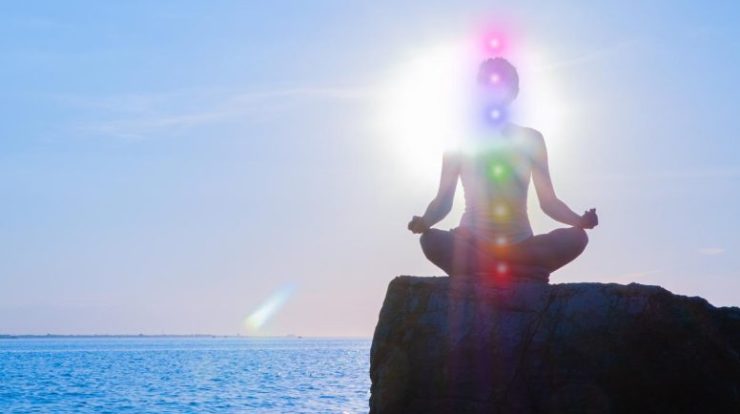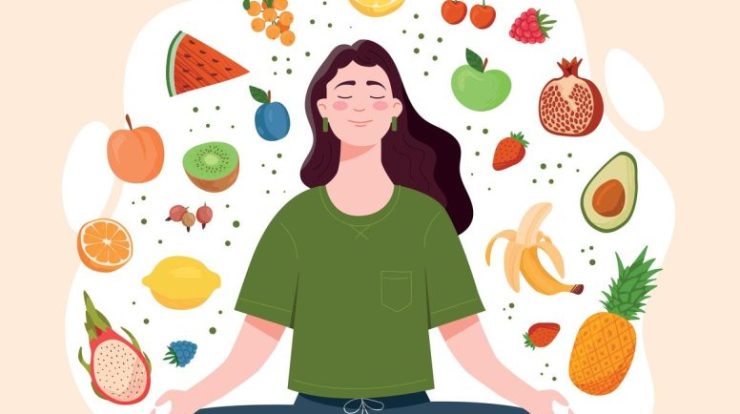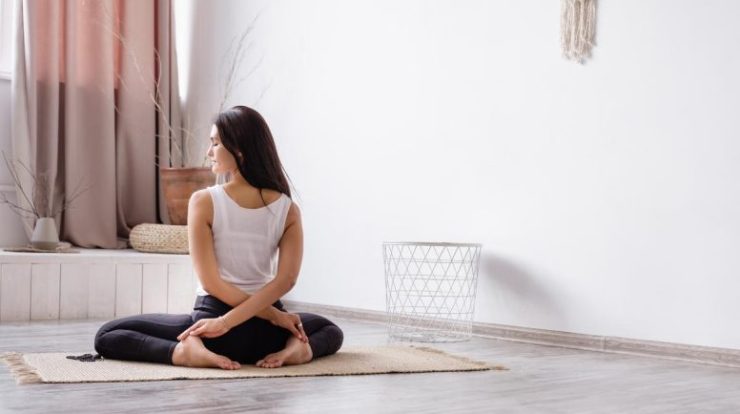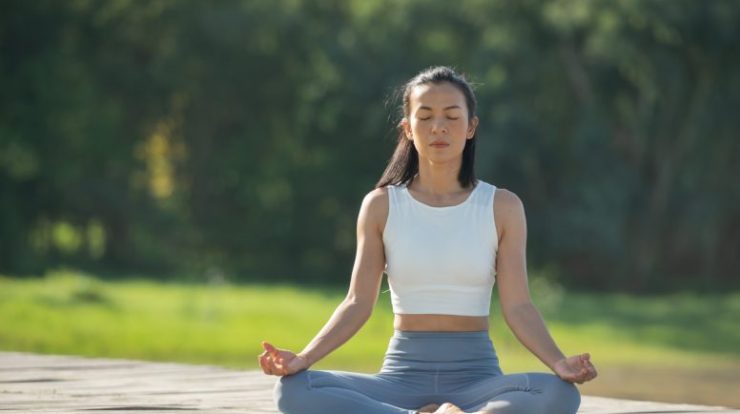
Numerous advantages for one’s physical, mental, and emotional well-being are provided by yoga practice. Chakra balancing is one of its many facets that tries to equalize the body’s energy centers. It is a crucial part of yoga. People can let go of negativity, establish balance, and improve their general well-being by adding yoga poses that are specifically made to address each chakra. We will examine the seven main chakras in detail in this article, as well as how yoga can support the harmony of these energy centers.
1. Introduction: Understanding Chakras
The body’s central axis is lined by energy centers called chakras. These delicate energy wheels are essential to our overall health—physically, emotionally, and spiritually. There are seven major chakras, and each is linked to particular traits and facets of who we are. We may bring these energy centers into harmony, fostering a sense of balance and vigor, by practicing chakra-balancing activities like yoga.
2. The Root Chakra (Mooladhara)
At the base of the spine is the root chakra, also referred to as the Mooladhara. It stands for our support, security, and sense of stability. Grounding asanas like Tadasana (Mountain Pose), Virabhadrasana I (Warrior I), and Malasana (Garland Pose) are among the yoga poses that open the root chakra. Individuals can develop a sense of security, equilibrium, and peace within themselves by engaging in these poses.
3. The Heart Chakra (Anahata)
The Anahata chakra, or heart chakra, is located in the middle of the chest. It is linked to forgiveness, compassion, and love. Poses like Bhujangasana (Cobra Pose), Ustrasana (Camel Pose), and Anahatasana (Heart Melting Pose), which open the heart center, can aid in releasing emotional blockages, promoting self-acceptance, and fostering a strong sense of compassion and love.
4. The Sacral Chakra (Svadhishthana)
Svadhishthana, the sacral chakra, is located in the lower belly, directly below the navel. It controls relationships, pleasure, and creativity. Yoga asanas such Baddha Konasana (Butterfly Pose), Ardha Chandrasana (Half Moon Pose), and Natarajasana (Dancer Pose) open the sacral chakra. People can enhance their sensuality, access their creative potential, and create good relationships by engaging in these stances.
5. The Solar Plexus Chakra (Manipura)
The Manipura chakra, or solar plexus, is situated in the upper belly and is related to self-assurance, self-worth, and personal power. The yoga asanas Navasana (Boat Pose), Ardha Navasana (Half Boat Pose), and Warrior III all work the solar plexus chakra. These positions support people in increasing their self-assurance, developing a solid feeling of worth, and embracing their personal power.
6. The Throat Chakra (Vishuddha)
The throat area is where the throat chakra, Vishuddha, is located. It is related to self-expression, communication, and authenticity. The yoga asanas Matsyasana (Fish Pose), Sarvangasana (Shoulderstand), and Halasana (Plow Pose) all open the throat chakra. People can improve their capacity to express themselves, speak their truth, and communicate clearly and authentically by practicing these poses.
7. The Third Eye Chakra (Ajna)
The area between the eyebrows is the location of the third eye chakra, or Ajna. It stands for insight, spiritual consciousness, and intuition. Yoga asanas including Balasana (Child’s Pose), Shavasana (Corpse Pose), and Vrikshasana (Tree Pose) open the third eye chakra. Individuals can improve their inner vision, grow their intuition, and strengthen their spiritual connection by engaging in these poses.
8. The Crown Chakra (Sahasrara)
Sahasrara, the crown chakra, is located at the top of the head. It stands for higher consciousness, a link to the divine, and spiritual transcendence. The yoga asanas Sirsasana (Headstand), Padmasana (Lotus Pose), and Savasana (Corpse Pose) all open the crown chakra. These postures support people in connecting with their inner wisdom, experiencing spiritual awakening, and opening up to higher realms of awareness.
9. Conclusion
Yoga’s chakra balancing technique is a potent method for helping people unlock their energetic potential and find balance and well-being. People can release negativity, improve their physical, mental, and emotional states, and feel more connected to themselves and the world around them by practicing certain yoga poses that focus on each chakra.
FAQs
Q1: How often should I practice chakra-balancing yoga?
A: The frequency of your chakra-balancing yoga practice depends on your personal needs and preferences. It is recommended to start with a few sessions per week and adjust according to your progress and comfort level.
Q2: Can chakra-balancing yoga help with stress and anxiety?
A: Yes, chakra-balancing yoga can be beneficial for managing stress and anxiety. By harmonizing the energy centers and promoting a sense of balance, it can help individuals find calmness and peace within themselves.
Q3: Are there any precautions I should take while practicing chakra-balancing yoga?
A: It is advisable to practice chakra-balancing yoga under the guidance of a qualified instructor, especially if you are new to yoga. Additionally, listen to your body, and if you experience any discomfort or pain during the practice, modify or discontinue the pose.
Q4: Can chakra-balancing yoga improve my overall well-being?
A: Yes, chakra-balancing yoga can have a positive impact on your overall well-being. By addressing the energy centers and promoting balance, it can enhance physical health, emotional stability, and mental clarity.
Q5: Is it necessary to believe in chakras to benefit from chakra-balancing yoga?
A: No, it is not necessary to have a belief in chakras to experience the benefits of chakra-balancing yoga. The practice can still be beneficial in terms of enhancing physical flexibility, promoting relaxation, and cultivating mindfulness.






